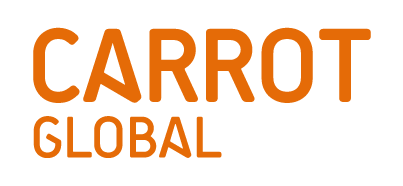Leadership Development in the Age of the Algorithm
By now we expect personalized content–it’s routinely served up by online retailers and news services, for example. But the typical leadership development program still takes a formulaic, one-size-fits-all approach. And it rarely happens that an excellent technique can be effectively transferred from one leader to all others. Companies can use an algorithmic model to deliver training tips uniquely suited to each individual’s style. It’s a five-step process: First, a company must choose a tool with which to identify each person’s leadership type. Second, it should assess its best leaders, and third, it should interview them about their techniques. Fourth, it should use its algorithmic model to feed tips drawn from those techniques to developing leaders of the same type. And fifth, it should make the system dynamically intelligent, with user reactions sharpening the content and targeting of tips. The power of this kind of system–highly customized, based on peer-to-peer sharing, and continually evolving–will soon overturn the generic model of leadership development. Virtually every corporate and academic leadership development program is founded on the same model — we call it the formulaic model. It tries to collect all the various approaches to leadership, shaves off the weird outliers, and packages the rest into a formula. The notion behind all this is simple: The right way to lead is out there. A best-practice model exists. Once we discover it and turn it into a formula, development is just a matter of bringing you in line with that formula.
We need a new model — one that is scalable but accommodates the uniqueness of each leader’s techniques; one that is stable enough to permit the training of hundreds of leaders at once but dynamic enough to incorporate and distribute new practices and other innovations in real time.
We started by creating a tool for identifying each person’s leadership type. That type then became the filter through which some, though not all, leadership development content is delivered. We designed an algorithm within Corestrength, our online strengths-assessment tool. Corestrength is a judgment test, meaning that people indicate their likeliest response to a series of situations. By focusing on behaviors, this type of test captures how people come across to others better than assessments that ask respondents to rate themselves on a variety of traits.
Then, we gave the assessment to the company’s best leaders. Our analysis showed that the range of behaviors seen across those thousands of people could be divided into nine categories, which we call strength roles. These represent the most common ways specific strengths cluster and combine in individual leaders. Next, we interviewed a cross section of leaders to discover their leadership techniques.
This is where the algorithm comes in. You can use an algorithm to target techniques to the right people. Companies should assess all developing leaders and feed each one practices derived from excellent leaders who have the same leadership type.
Our algorithm draws on a constantly growing database of concepts, innovations, and practices and pushes them out to leaders as a series of techniques they might try. Because the suggestions reflect only what has worked for others who “look like” the recipients, they accelerate creativity without eroding authenticity.
We made the system dynamically intelligent. Intrinsic to the notion of a personalization algorithm is that it must get to know you better over time. With every interaction, the app adds detail to your leadership profile. As you rate the effectiveness of the techniques you receive, the system tracks your reactions and becomes smarter about which techniques to feed you. As the sample size of leaders, techniques, and reactions grows, this two-way communication channel should become as good as the very best consumer recommendation engine at offering content that is relevant to you, such systems will inevitably break through any one organization, until somewhere in the cloud the best leadership tips from all over are gathered, sorted, and distributed according to which ones suit which people best.

